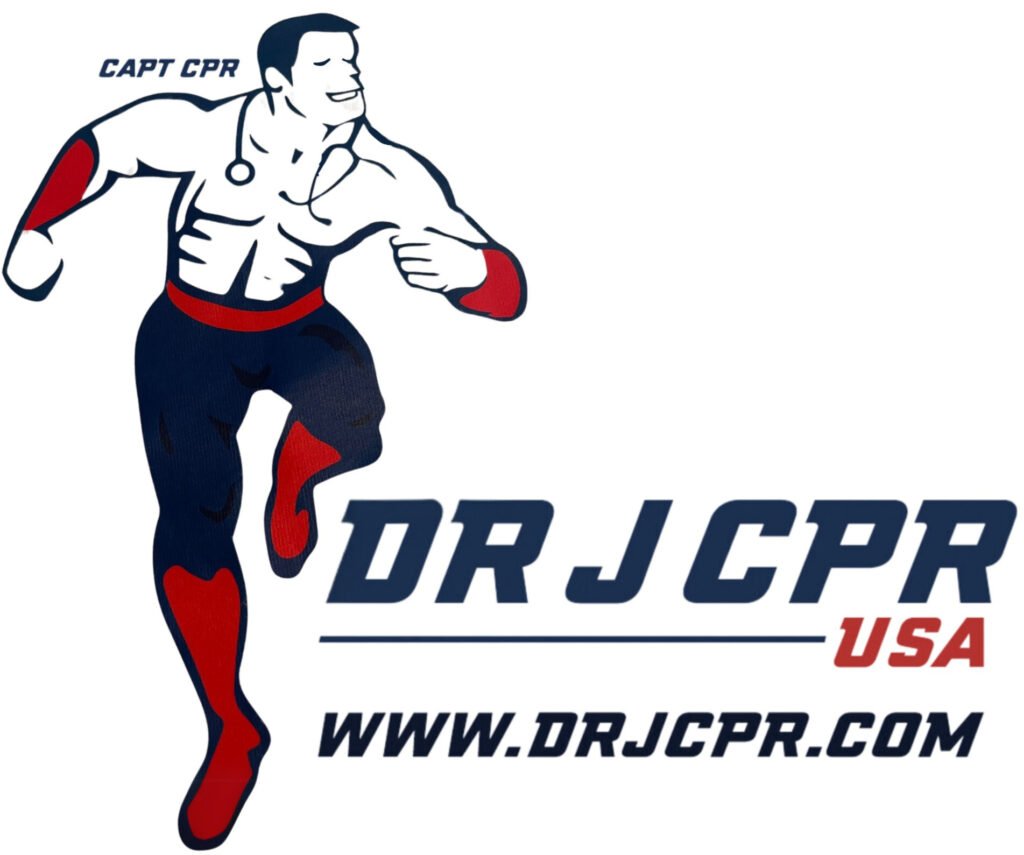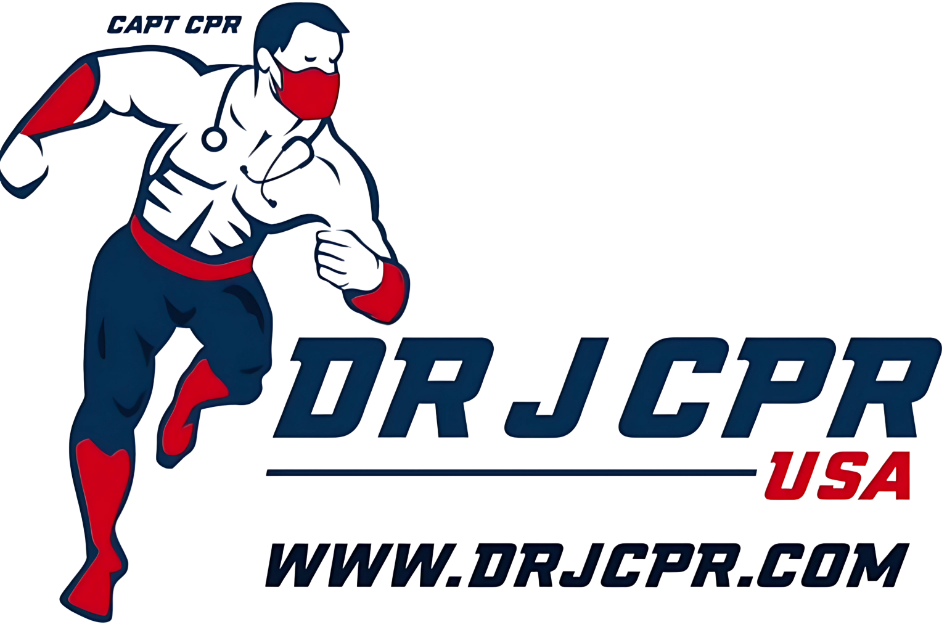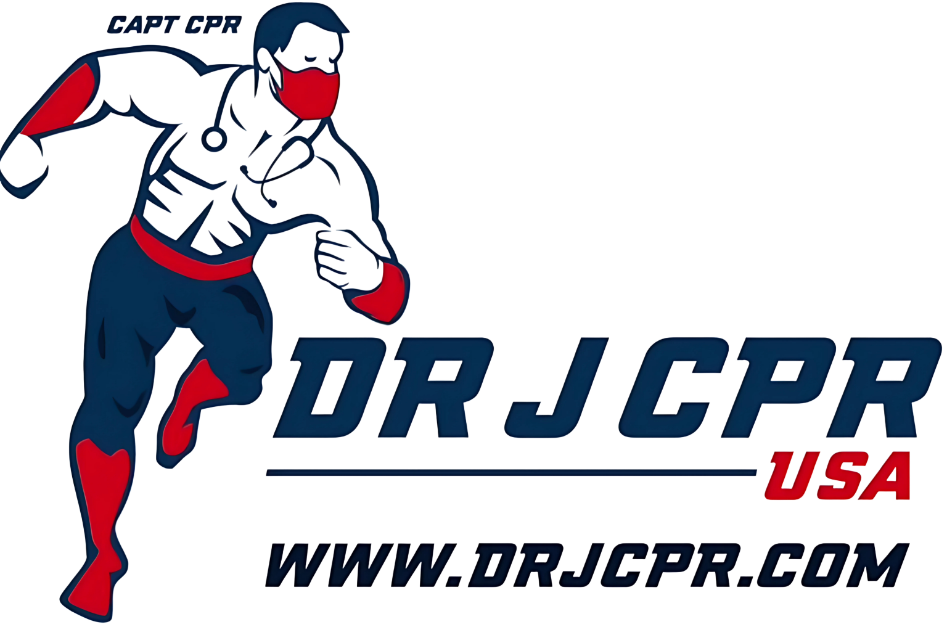How To Join
- Step 1: Sign up
- Step 2: Register for course
- Step 3: Make the payment via Credit Card, Zelle, Venmo, or Cash App to access study materials and exams.
Go to Curriculum to access the course material.
ACLS $30, BLS $20, and PALS $35 books available for an additional charge.
Payment Options
- Zelle: 913-515-7925
- Venmo: 913-515-7925 (Dr Jay Hershman CPR)
- Cash App: 913-515-7925 (Dr Jay Hershman CPR)
- Credit Cards: American Express & all major cards accepted
Need Help? Email us at DrJayHershman@gmail.com
ACLS Course Overview
The ACLS (Advanced Cardiovascular Life Support) Online Class is designed for healthcare professionals seeking in-depth knowledge of cardiovascular emergencies, life-saving interventions, and critical care procedures.
What You Will Learn
- Cardiac Physiology & Hemodynamics – Heart structure, blood circulation, and pressure dynamics.
- Hypertension & Heart Sounds – Effects of chronic hypertension and auscultation techniques.
- Cardiac Emergencies – Myocardial infarction (MI) vs cardiac arrest.
- Electrocardiography (ECG) – Interpretation and arrhythmia recognition.
- ACLS Protocols & Medications – Emergency drugs and interventions.
- Airway Management – Intubation techniques and video laryngoscopy.
PALS Course Overview
The PALS (Pediatric Advanced Life Support) Online Class equips healthcare professionals to assess, recognize, and treat critical pediatric emergencies in infants and children.
What You Will Learn
- Pediatric Physiology & Assessment – Vital signs and evaluation.
- Fever, Glucose & Oxygenation – Pediatric fever, hypoglycemia, and oxygen therapy.
- Heart Pressure & Circulatory Dynamics – Key differences in children.
- EKG Interpretation – Pediatric arrhythmia identification.
- PALS Medications – Dosages and safety protocols.
- Airway Management – Pediatric intubation and ventilation.
BLS Course Overview
The BLS (Basic Life Support) Online Class trains healthcare providers and first responders in fundamental life-saving techniques during cardiac and respiratory emergencies.
What You Will Learn
- Chain of Survival – Key steps in improving survival rates.
- High-Quality CPR – Proper compression depth, rate, and technique.
- Adult, Child & Infant CPR – Age-appropriate techniques.
- AED Use & Safety – Recognizing shockable rhythms.
- Rescue Breathing & Choking Relief – Effective airway management.
- Team Dynamics – Coordination and role clarity in emergencies.
Curriculum
- 2 Sections
- 18 Lessons
- 7 Days
Expand all sectionsCollapse all sections
- Videos18
- 1.11. Heart right side Left side pressure5 Minutes
- 1.22. Blood Pressure Valves6 Minutes
- 1.33. Systolic vs Diastolic7 Minutes
- 1.44. HTN Chronic2 Minutes
- 1.55. Heart Sounds5 Minutes
- 1.66. CO=HRxSV10 Minutes
- 1.77. Diff between MI and Cardiac Areest5 Minutes
- 1.88. Brain controls Breathing8 Minutes
- 1.99. Brain Controls Heart4 Minutes
- 1.1010. Stemi vs NonStemi7 Minutes
- 1.1111. Angina vs Unstable Angina2 Minutes
- 1.1212. EKG 110 Minutes
- 1.1313. EKG 232 Minutes
- 1.1414. H + T2 Minutes
- 1.1515. Meds7 Minutes
- 1.1616. Intubation and Video10 Minutes
- 1.17Peds Dr. Jay :Fever, Glucose, Oxygen5 Minutes
- 1.18BLS57 Minutes
- Exam3
$225
Credit card, Zelle, Cash app, Venmo
Call him at 913-515-7925
Leave a message or text. I will get back to you.
Email: DrJayHershman@gmail.com
We give you five days to complete the course. Two days to complete the exam.
Yes
Once you complete the course with the exam, you will fill out the certificate of completion. It will automatically go to Dr. Jay’s email and he will send you the card within 12 hours..
If you open the class for any reason, there is no refund.
Yes, it is timed once you open it.
2 hours.
You can take the exam two times with no extra charge. The third time you will be charged $50 and you will get the questions & answers you get wrong. We do not allow people to fail our course.
Yes, whether you listen or not during that time …..is up to you.
They are short videos of lectures that are highly informative done by a doctor of medicine.
Yes, you can do this in class by calling Dr. J or scheduling the class online at the address above. You will go to the local office.
You get all the videos and all of the books that are there for you to read and listenat any time. It is a $25 a month charge. You can cancel anytime.
Yes - https://americanheartcpr.net/courses/pals-class-on-line/
Yes - https://americanheartcpr.net/courses/bals-class-on-line/
You can leave a message or leave a text anytime . I will get back to you.






